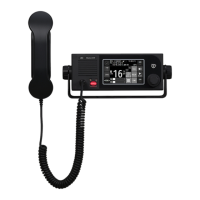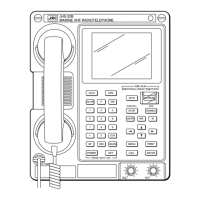Why is there noise from the JRC Cordless Telephone speaker, but it cannot receive calls?
- JJulie WilliamsAug 18, 2025
If you are getting noise from the speaker but cannot receive any calls on your JRC Cordless Telephone, the issue might stem from several causes: * Antenna damage: Inspect and repair or replace the antenna. * A break or short circuit in the antenna cable: Inspect and repair or replace the antenna cable. * Faulty contact in antenna connectors: Inspect and repair or replace the antenna connectors. * Malfunction in the receiver: Inspect or repair the receiver.


